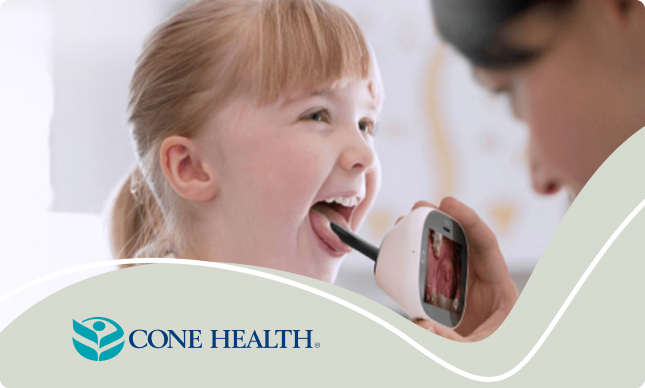The Medical Tricorder: Symbolizing Our Journey From SciFi to the Health Care Model of the Future
By Mony Weschler | Contributor
The vision for new devices isn’t to replace physicians – it’s to educate and engage the population about their own health.

‘As new technologies mature, we are getting closer to the devices we thought would only exist in our imaginations.’ (ISTOCKPHOTO)
Growing up, I was a huge fan of “Star Trek.” A tech geek to the core, what wowed me the most were devices like the Tricorder. For non-Trekkies, the Tricorder was a handheld medical scanner that noninvasively analyzed a patient’s cellular makeup and helped diagnose diseases. Recent developments are making the Tricorder jump from fiction to reality. Some even argue that the alpha version of the Tricorder already exists, its core being the smartphone in your pocket coupled with a multitude of smart devices powered by microelectromechanical systems and sensors.
I’m not the only one with the dream of the Tricorder and optimism about what it represents. The X Prize Foundation, an organization that aims to speed up innovation by offering cash prizes, created a prize, financed by an American global semiconductor maker and telcom giant, to push for the development of Tricorders as well.
The difference in what was shown on television and today’s reality is active participation. For example, instead of going to Dr. Leonard McCoy’s corridor on the Enterprise to have a mind and body scan, today, people can either carry their phones or sport wearable activity bands that track heart rate, sleep quality, exercise, steps, laps and more. As a health care provider, we are hopeful that by having patients track this kind of information, we can identify simple steps that motivate positive behaviors and facilitate early interventions that keep people healthy.
At Montefiore, we run the largest school health program in the country, providing comprehensive medical, dental, mental and community health services to 40,000 elementary, middle and high school students. In 2009, we conducted a study that evaluated kids who didn’t have access to physical education for six hours a day, five days a week. The study assessed 2,000 children with pedometers and found they took an average of 320 more steps per day than kids without pedometers. The study provided helpful insights into the importance of having structured physical activity in students’ daily lives. Now, we’re taking this study a step further by placing activity trackers in schools to encourage more physical activity. We’re hopeful that these more sophisticated trackers can improve the health of local children and reduce rates of pediatric diabetes. The trick is to find the technology that engages with our patients, and that people will continue to use over time.
As new technologies mature, we are getting closer to the devices we thought would only exist in our imaginations. TytoCare, for example, is an Israeli company focusing on tele-health. Its primary focus is bringing us closer to having more complete physical exams occur in one’s own home. The company is currently in clinical trials with a consumer-focused device that can guide anyone through a complete physical exam. Tyto uses an embedded digital stethoscope to record heart and lung sounds, a thermo sensor to scan for a fever and camera to image the ear canal, skin, throat and eyes. Tyto is well-versed in anatomy so you don’t have to be, guiding individuals through the exam process. Once completed the data is sent to a physician who reviews the results with the patient during a virtual clinical consult. Imagine a future where children are treated for ear infections exclusively in a virtual examination combined with e-prescribing. This significantly reduces the strain on our health system, not to mention the parents not having to miss work.
Working with my colleagues to supply technologies to our patients and provide them with tools that can help identify one’s weight and risk of heart failure, I’ve seen the positive difference that can be made when people are empowered in their health. It can enhance both physical health and one’s emotional well-being. We must remember that the vision for devices like the Tricorder and Tytocare’s stethoscopes and sensors is not to replace physicians, but to educate and engage the population about their own health, while improving access to clinical resources.
Whether the Tricorder ends up looking like what we saw on television, or more closely resembles today’s smartphone, this technology has inspired us to improve health care far beyond what is currently available. I am confident that sooner rather than later, we will exceed Gene Roddenberry’s vision for the Tricorder – and this technology will inspire health in a way far beyond what was seen during my favorite television show. In the meanwhile, I hope you all live long and prosper. View Original Article


